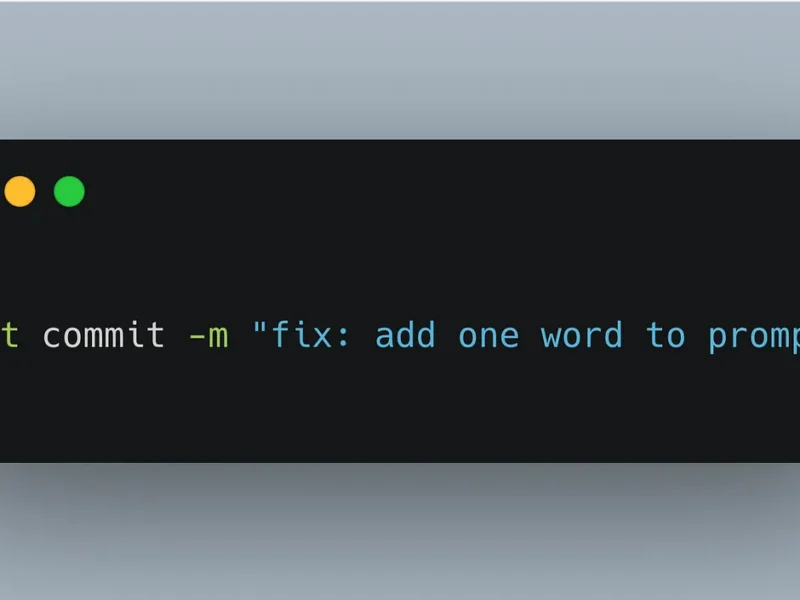T-SQL is a powerful extension of SQL that allows for advanced data manipulation and retrieval, making it a crucial tool for database administrators and developers. Its rich set of features not only enhances standard SQL capabilities but also supports various complex programming constructs that facilitate effective data management.
What is T-SQL?
T-SQL is an extension of SQL developed by Sybase and Microsoft. It adds procedural programming capabilities, enabling the execution of complex scripts and the automation of repetitive tasks within SQL Server. This makes T-SQL indispensable for tasks such as data retrieval, insertion, updating, and intricate data manipulation.
Key features of T-SQL
T-SQL includes several key features that enhance database programming and management. Understanding these features can significantly improve how you work with SQL Server.
Transaction control
T-SQL manages transactions effectively to ensure data integrity. It uses commands like BEGIN TRANSACTION, COMMIT, and ROLLBACK to handle operations as a single unit, allowing for safe data operations even in the event of an error.
Exception and error handling
Error handling in T-SQL is crucial for managing unexpected issues during query execution. The TRY...CATCH construct allows developers to define alternative actions in case of errors, providing robust control over error conditions.
Row processing
T-SQL efficiently handles multiple rows of data, allowing for batch processing. This is particularly useful for large data sets where operations on several rows can be performed simultaneously, maximizing performance.
Declared variables
T-SQL allows the use of declared variables, enabling temporary data storage during execution. This feature is beneficial for computations and storing intermediate results, which can simplify complex queries.
Usage of T-SQL in SQL Server
T-SQL plays a vital role in SQL Server, facilitating all commands and queries sent to the server. Its syntax and features are designed to optimize the interaction between the database and the user.
Common T-SQL queries
When working with T-SQL, you’ll frequently employ a variety of query types to interact with data.
SELECT statements
The SELECT statement is foundational for data retrieval and manipulation. It allows users to specify exactly which data they need from a database.
Selecting columns
In T-SQL, you can choose specific columns in your SELECT statement, optimizing query performance and clarity. Instead of selecting all columns, you can specify only the necessary ones.
Labeling output columns
Using the AS keyword, you can rename output columns for clarity. This practice improves the readability of result sets, making it easier to understand the output.
Row restrictions and search conditions
The WHERE clause is essential in filtering data. It allows you to specify conditions that rows must meet to be included in the result set, enhancing query precision.
Identifiers in T-SQL
In T-SQL, identifying database objects is crucial for efficient programming. Unique identifiers ensure clarity and functionality in your scripts.
Importance of identifiers
Identifiers are necessary for referencing tables, columns, constraints, and views. They provide a means to uniquely identify each object within the database schema.
Types of identifiers
Different types of identifiers exist, including table names, column names, and constraint names. Each serves a specific purpose and must be used correctly to avoid confusion.
Examples of T-SQL statements
T-SQL supports various statement types that streamline database operations. Understanding these statements is key for effective database management.
Stored procedures
Stored procedures are precompiled collections of T-SQL statements stored in the database. They can improve performance and encapsulate business logic, making code reusable and manageable.
User-defined functions
User-defined functions allow for creating custom functions that execute specific tasks. They can return a single value or a table, providing flexibility to developers in data manipulation.
Triggers
Triggers are special database objects that automatically execute in response to specific events, like INSERT, UPDATE, or DELETE operations. They are useful for enforcing business rules or maintaining audit trails.
CLR integration
Since SQL Server 2005, CLR integration enables developers to use .NET Framework features within T-SQL. This capability enhances functionality and allows greater flexibility in database operations.
Types of T-SQL functions
T-SQL provides a range of functions for different data manipulation needs. Familiarity with these functions can elevate your query-writing skills.
Aggregate functions
Aggregate functions, like SUM, AVG, and COUNT, allow for the calculation of values across multiple rows. They’re essential for summarizing data.
Ranking functions
Ranking functions, such as ROW_NUMBER(), RANK(), and DENSE_RANK(), provide insights into the relative ranking of data points within a set.
Rowset functions
Rowset functions return table-like structures, facilitating operations that require set-based manipulation. Examples include OPENROWSET and OPENDATASOURCE.
Scalar functions
Scalar functions return single values based on input parameters. They can be used in various expressions throughout your queries, enhancing data processing capabilities.
Analytical functions in T-SQL
Analytical functions enable complex analyses directly within T-SQL, offering powerful tools for data scientists and analysts.
Purpose
Analytical functions help perform operations across a set of rows related to the current row, supporting tasks such as calculating running totals or moving averages.
Examples
Common analytical tasks supported by T-SQL include calculating cumulative sums and determining percentage of totals. These functions are essential for in-depth data analysis.
Differences between T-SQL and SQL
While T-SQL is based on standard SQL, it introduces several distinctive features and improvements that cater specifically to SQL Server.
Proprietary vs. open standard
T-SQL is a proprietary language, developed by Microsoft and Sybase, while SQL is considered an industry-standard language. This distinction affects portability across different database systems.
Procedural capabilities
T-SQL incorporates procedural programming features, enabling the use of loops, conditionals, and variables. This is a notable enhancement compared to traditional SQL.
Variable management
In T-SQL, local variables can be declared and manipulated within scripts, allowing for dynamic data handling that is less common in standard SQL implementations.
Working with joins in T-SQL
Joins are critical for combining data from multiple tables, and understanding how to use them effectively is essential for comprehensive data analysis.
Understanding joins
In T-SQL, joins allow you to retrieve data from multiple tables based on related columns. This creates a more comprehensive dataset for analysis.
Types of joins
There are several types of joins in T-SQL, each serving different purposes depending on the data relationship.
Inner joins
Inner joins return rows that have matching values in both tables. This is useful when you want to find common data points.
Outer joins
Outer joins return all rows from one table and matched rows from the other. If there’s no match, NULLs are returned, providing a broader dataset.
Operators used for joins
T-SQL utilizes operators such as JOIN, LEFT JOIN, RIGHT JOIN, and FULL OUTER JOIN to specify how tables should be combined. Understanding these operators is key to crafting meaningful queries.
Additional topics in T-SQL
Beyond the fundamental concepts, there are several advanced topics worth exploring that can enhance your proficiency in T-SQL.
- Improving SQL Server performance: Utilizing T-SQL best practices can dramatically improve performance and response times.
- Basics of T-SQL subqueries: Subqueries allow you to nest queries within other queries for more complex data retrieval.
- Creating and optimizing stored procedures: Design principles for stored procedures can lead to more maintainable and efficient code.
- Combining T-SQL subqueries with operators: This technique enhances functionality and query flexibility.
- Writing efficient T-SQL statements: Focus on performance optimization strategies to enhance database interaction.

